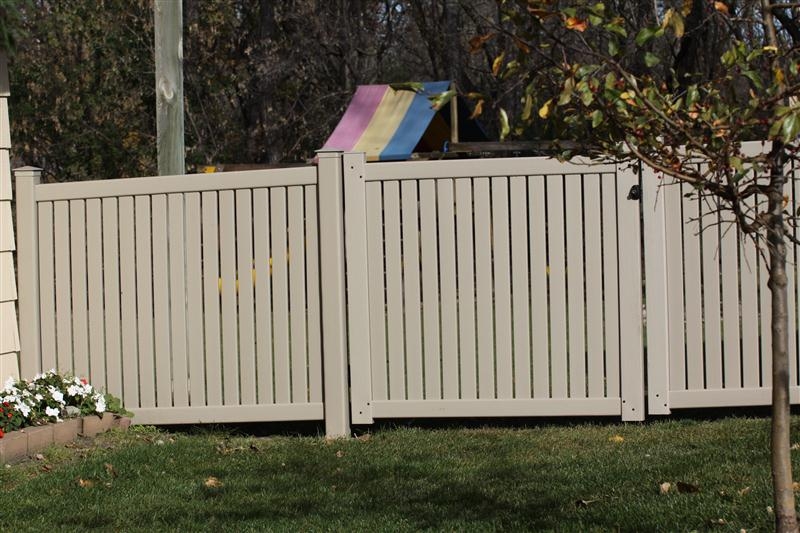What Is Pressure Treatment Of Wood In Fences?
In our previous posts we discussed the various types of wood used in fences, including pressure-treated pine, exotic woods, red cedar and redwoods in wood fences.
Manufacturers can use pressure treating of wood to extend its life against rot, termites and other insects that degrade the wood, ideal for a wood fence.
The process uses pressure to inject chemicals into the wood that preserve it. The process can be used to inject many types of chemicals and other materials into the wood.
Pressure-treated wood is used for residential, commercial and industrial purposes. Railroad ties, guardrail posts alongside roadways and timbers for marine use are treated with creosote. …

 As discussed in our previous post there are a variety of
As discussed in our previous post there are a variety of  There are two main types of manufactured material used to make fencing, vinyl (or PVC) and the newer composite fencing, led by manufacturer Trex.
There are two main types of manufactured material used to make fencing, vinyl (or PVC) and the newer composite fencing, led by manufacturer Trex. In this post we will examine new composite plastic material used in Trex fencing.
In this post we will examine new composite plastic material used in Trex fencing.